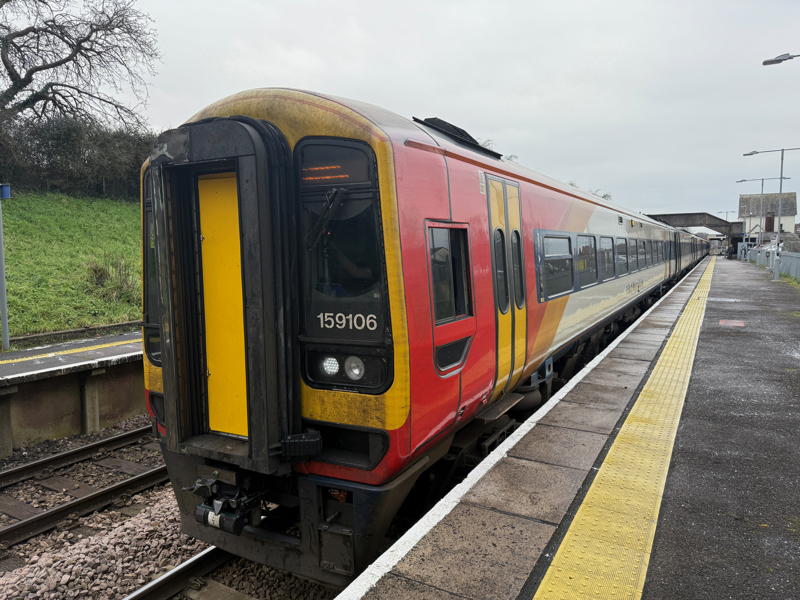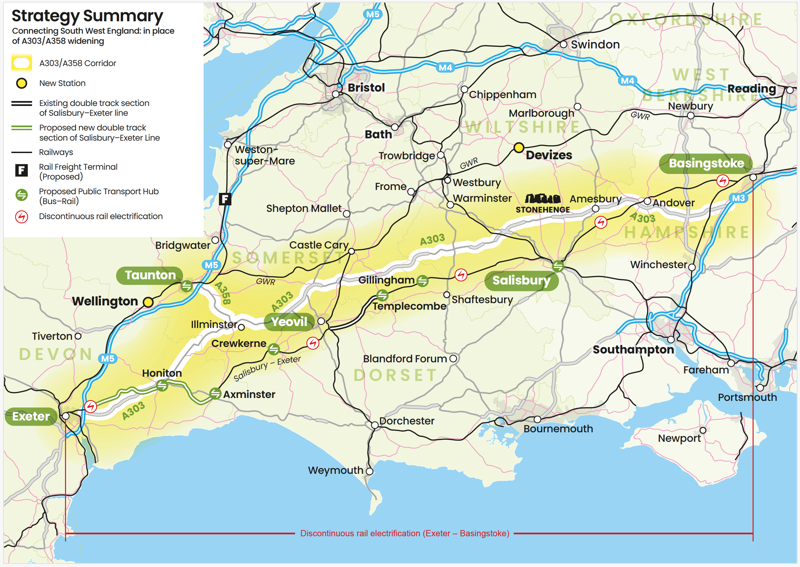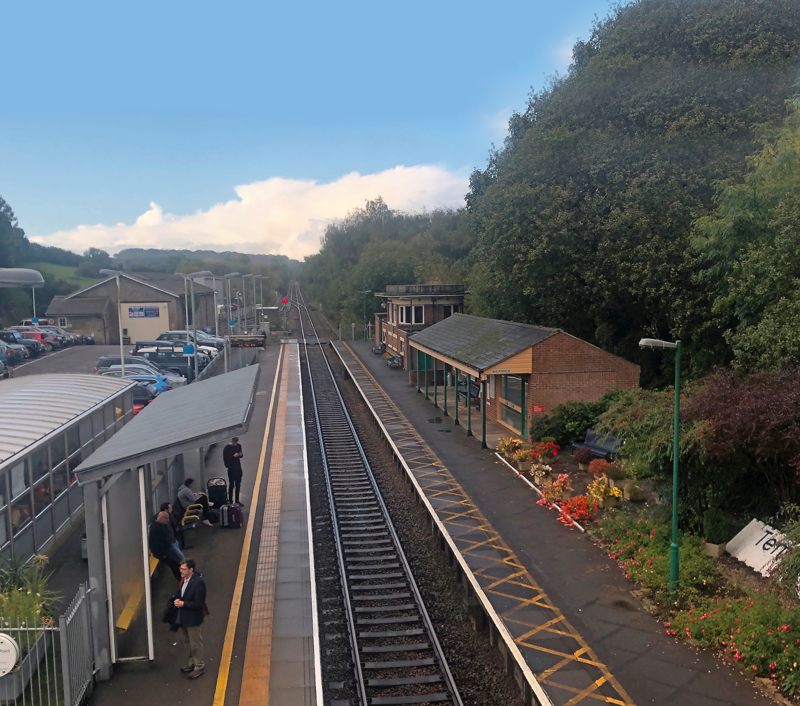
The railway linking London and the South West is “sorely in need of investment” to offset the cancellation of major road projects, a new study finds.

The railway linking London and the South West is “sorely in need of investment” to offset the cancellation of major road projects, a new study finds.
The government halted a planned tunnel for the A303 past Stonehenge within weeks of winning the general election in 2024. It stated that the £2bn scheme was “poor value for money".
It also stopped other road improvements, ending a long-planned upgrade of the A303 to dual carriageway “expressway” between the M3 at Basingstoke and the M5 at Taunton.
The new study recommends improving the parallel West of England line through Salisbury, “in the absence of a plan based on road widening".
It has been compiled by respected transport consultants Greengauge 21, on behalf of groups which opposed the Stonehenge tunnel.
The report concludes: “It is a railway that fails the most basic tests of meeting passenger needs of service reliability and the ability to get a seat.” It finds that “peak services are usually overcrowded.”
It endorses proposals by Network Rail and South Western Railway to replace life-expired diesel trains with “discontinuous electrification". Existing electric SWR trains would be adapted to use battery power for parts of the route. They would recharge on 80km of new electric “islands", drawing power from sections of third rail.
SWR has said the 35-year-old Class 158/9 diesel trains based at Salisbury depot will need to be replaced from around 2030. They are the only diesels to use London Waterloo station.
Chris Todd of Transport Action Network, which commissioned the work, told the BBC: “This report shows a forgotten region, where transport policy and investment have been left in the sidings, undermining the ability to cope with increasing population and extreme weather events.”
Mr Todd added: “We believe this is a pragmatic way to bring real improvements, using a fraction of the savings that come from the cancellation of road schemes along the A303.”
The report finds: “The challenge is simply sustaining daily operational performance, …this surely makes investment along this route a priority.”

The Salisbury to Exeter Rail Users Group - SERUG - said that passenger numbers are now “far higher” than before the pandemic.
SERUG spokesman Nick Hurrell said: “Performance is appalling. There’s a target of 90% of trains to run on time. That target has been hit on just one day in the last four months. Over half the trains run late on this line.”
Network Rail has acknowledged the line suffers from poor reliability and punctuality.
The study concludes that, without investment in infrastructure, growing towns such as Mere, Shaftesbury Wincanton, Gillingham, Sherborne, Crewkerne and Yeovil will remain increasingly dependent on congested roads.
“There are 88 miles between Salisbury and Exeter,” Mr Hurrell told the BBC. “It needs 12 miles of additional track, doubling the loops where trains can pass at speed. That would transform the line from, at best, two trains an hour to four or even five in both directions.”
The study favours expanding the line from single to double track between Axminster and Exeter, to support a long-planned Devon Metro of more frequent local services.

This would also help provide capacity for Great Western services and freight trains to divert from the route between Westbury and Taunton, which is increasingly prone to winter flooding. At present, the West of England line has no space for them.
The Greengauge 21 report concludes that the investment needed is “very modest” in comparison with existing rail schemes: East West Rail between Oxford and Cambridge, and the Trans Pennine Roue Upgrade.
Paul Clifton comment
No significant new infrastructure investment is planned to improve the transport corridor linking London with the South West.
Even if every one of these rail recommendations is implemented, the traffic jams on the A303 would still get longer. The West of England line carries a fraction of the volumes on the parallel road.
National Highways calculates that the road carries 25,000 vehicles a day each way, of which 10% are lorries, and estimates that the volume will increase by 30% by 2039.
On summer Saturdays the numbers are far larger.
Successive governments argued that doing nothing about the A303 was not an option.
But doing nothing is the option the current government has chosen.
Login to continue reading
Or register with RAIL to keep up-to-date with the latest news, insight and opinion.


















VT Fan 3 - 17/01/2025 17:21
My SWR Proposal: Convert the Class 158 and 159 Express Sprinters. Notes: 1. Between Exeter and Basingstoke via Salisbury - trains could run on a battery-diesel self-charging hybrid system. Something similar to the Chiltern Railways’ HybridFlex Class 168. 2. Between Basingstoke and Waterloo - trains could run on third-rail electric power by adding Third-rail bogies, similar to what Chiltern has on their Class 165s and 168s when they run on the LU Metropolitan Line.